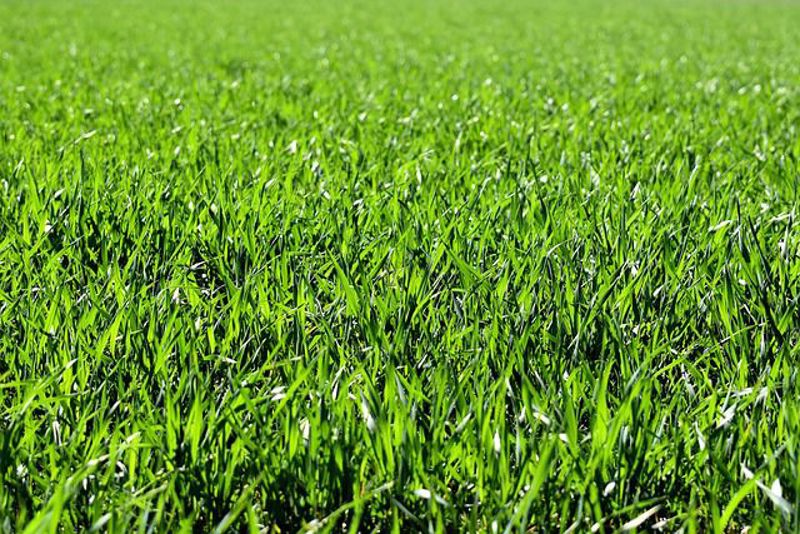A lush, green lawn can significantly enhance the beauty of your home and create a welcoming outdoor space. Planting grass seed is a cost-effective and rewarding way to establish a new lawn or repair bare patches in an existing one. In this comprehensive guide, we will walk you through the step-by-step process of planting grass seed. From soil preparation and seed selection to watering and maintenance, these instructions will help you achieve a healthy and vibrant lawn that you can enjoy for years to come. You can use a Lowes Money Saving Coupon from We Are Coupons to save money on grass seed and plant a perfect green lawn.
Assess Your Lawn
Before planting grass seed, assess your lawn's condition. Determine the type of grass suitable for your region and climate. Consider factors such as sun exposure, soil type, and foot traffic. Identify any problem areas, such as bare patches or weed infestations, that may require additional attention. This evaluation will guide your seed selection and help you plan the necessary preparations.
Prepare the Soil
Prepare the soil by removing any debris, rocks, or weeds from the area you intend to plant grass seed. Loosen the soil using a garden rake or a rototiller to a depth of about 4-6 inches. Break up any compacted soil and ensure a loose, well-aerated foundation for the seed to germinate. Conduct a soil test to assess nutrient levels and adjust accordingly with organic matter or fertilizers.
Select the Right Seed
Choose the appropriate grass seed variety based on your climate, sun exposure, and desired lawn characteristics. Consider factors such as drought resistance, shade tolerance, and maintenance requirements. Opt for high-quality seed that is free from weeds and other contaminants. Consult local experts or extension services for recommendations specific to your region.
Measure and Calculate Seed Quantity
Measure the lawn area to determine the amount of grass seed needed. Use a measuring tape to determine the length and width of the area, and multiply the two measurements to calculate the square footage. Refer to the seed packaging for the recommended seeding rate, which will help you determine the correct quantity of seed required for your lawn.
Sow the Seed
Evenly spread the grass seed over the prepared soil. Divide the seed into two equal portions and sow half in one direction, then sow the remaining half in a perpendicular direction. Use a seed spreader or broadcast by hand, ensuring thorough coverage. Lightly rake the seeded area to gently press the seed into the soil. Avoid burying the seed too deep, as it may hinder germination.
Water and Maintain
Water the newly seeded area immediately after sowing and continue to provide regular, light irrigation to keep the soil consistently moist. Avoid overwatering, as it can lead to fungal diseases. Gradually reduce the frequency but increase the amount of water as the grass seedlings grow. Follow proper mowing practices, keeping the grass at the recommended height for the chosen grass species. Apply fertilizer as needed, based on soil test results and the specific requirements of your grass variety.
Monitor and Troubleshoot
Monitor the progress of your newly planted grass seed regularly. Keep an eye out for signs of germination and growth. Be patient, as it may take several weeks for the seedlings to establish. Address any issues promptly, such as weed growth or uneven germination, by hand-weeding or overseeding problem areas. Continue with proper maintenance practices to promote healthy growth and development.
Conclusion
Planting grass seed is a rewarding process that allows you to establish or improve a vibrant and healthy lawn. By following the steps outlined in this comprehensive guide, including assessing your lawn, preparing the soil, selecting the right seed, sowing correctly, watering adequately, and maintaining appropriately, you'll be well on your way to enjoying a lush and inviting lawn that enhances the beauty of your outdoor space.




